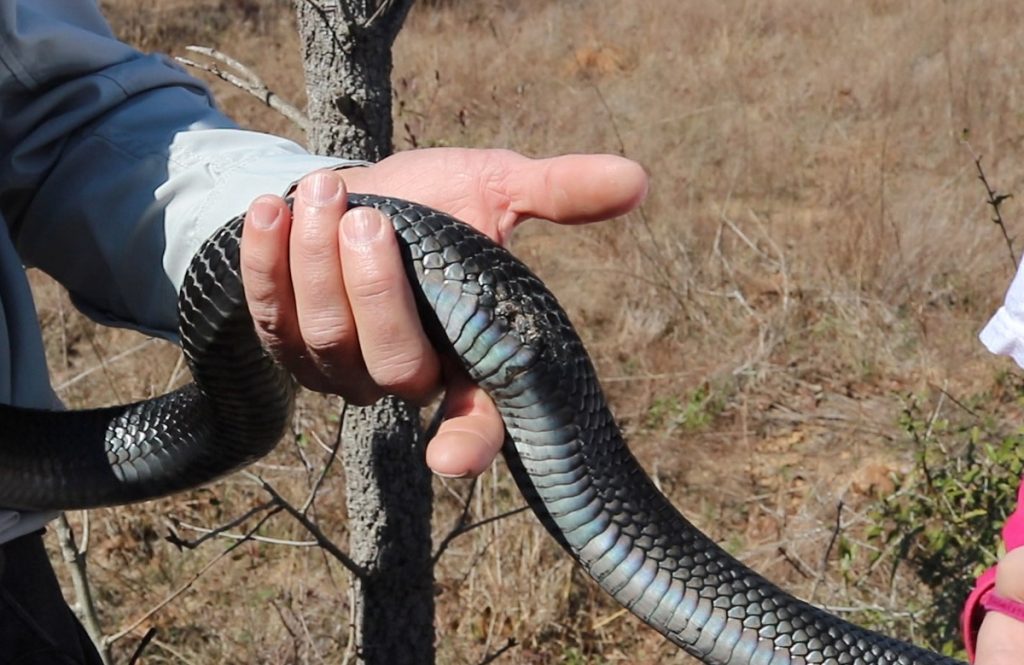
A part of TNC’s Center for Conservation Initiatives, Apalachicola Bluffs and Ravines Preserve is a living laboratory for the development of restoration techniques and land management excellence, dedicated to natural community restoration, preservation of biodiversity and education and training, making it no surprise that it is currently the only site in Florida designated for indigo reintroduction. Raised at Central Florida Zoo's Orianne Center for Indigo Conservation, the world's foremost comprehensive-based conservation organization dedicated to the captive propagation and reintroduction of the eastern indigo snake, all of this year's snakes are two years old. This year an additional 26 snakes were released, doubling last year’s number and bringing the total snakes released to 107 since the reintroduction program began. Jones Ecological Research Center, Southern Company through the National Fish and Wildlife Foundation, and the Fish & Wildlife Foundation of Florida.Ģ6 More Eastern Indigo Snakes Reintroduced Fish and Wildlife Service, Welaka National Fish Hatchery, The Orianne Society, Joseph W. When the first 12 zoo-raised eastern indigos were released at ABRP in 2017, it symbolized a significant milestone for a partnership 35 years in the making that, in addition to TNC, included, the Central Florida Zoo & Botanical Gardens’ Orianne Center for Indigo Conservation, the Florida Fish and Wildlife Conservation Commission (FWC), U.S. Many endemic species at ABRP, particularly songbirds, have likely suffered from the imbalance. As an apex predator, the species plays a vital role in the natural balance, a consumer of otherwise unchecked species, especially snakes. The eastern indigo was one of the earliest entries on the list of protected wildlife under the Federal Endangered Species Act.īefore reintroduction, eastern indigos had been noticeably absent at TNC’s Apalachicola Bluffs and Ravines Preserve (ABRP) since the last ones were spotted in 1982. By 1978, however, its numbers had so drastically declined, victim to human antipathy, cars and the steady degradation of its habitat.

A daytime hunter, it was once a common sight throughout Florida, Georgia, southern Alabama and southeastern Mississippi. It’s non-venomous, and, at least as far as its diet goes, fond of its fellow snakes, particularly the venomous kind.

The apex predator is sleek as a stair banister, with conspicuous black-blue scales. The longest snake native to the United States, the eastern indigo, grows 9 feet long.


 0 kommentar(er)
0 kommentar(er)
